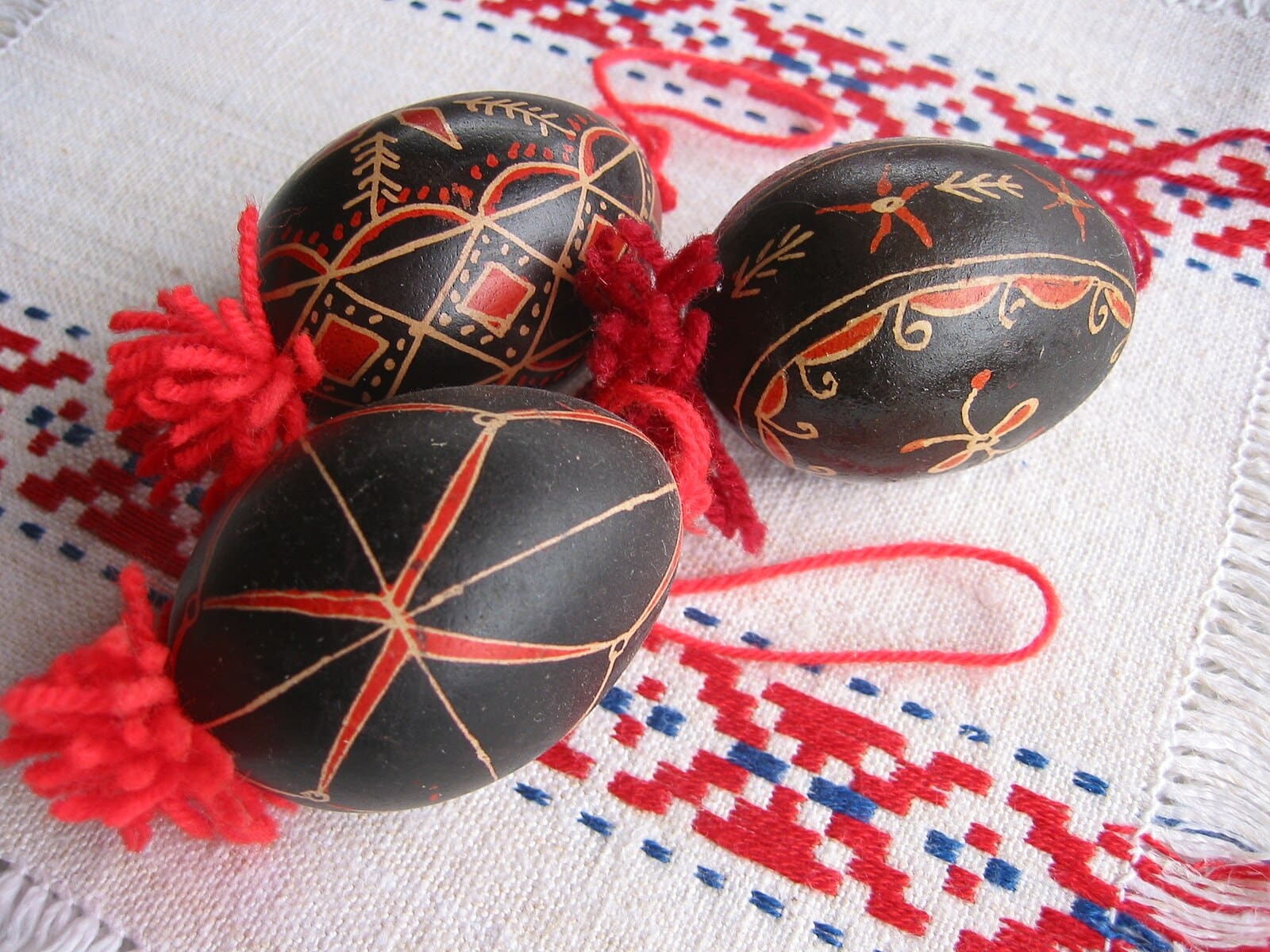Egg Decorating is a Craft, not just an Easter Tradition
By Saša Poljak Istenič
Easter eggs are more than just festive decorations, they are expressions of cultural heritage and artisanal skill. In some regions, this tradition has evolved into an important craft, with artisans making a living by selling decorated eggs as souvenirs, organizing workshops to pass on their knowledge, offering tourists the chance to be creative and have fun, or hosting fairs to showcase their art.
Culturality project partners, who explore traditional crafts linked to festive celebrations across Europe, found that communities in Bela Krajina (Slovenia) and Asturias (Spain) take exceptional pride in their Easter egg decorating traditions.
In Bela Krajina, the art of making pisanice has been practiced for over 150 years. Artisans draw intricate patterns in beeswax on empty eggshells, which are then dyed black and red. Removing the wax reveals delicate folk designs. These eggs are cherished during Easter and sold year-round as souvenirs, representing unique Slovenian folk art.

In Asturias, the Huevos Pintos festival transforms the town of Pola de Siero into a vibrant street gallery on the Tuesday after Easter Sunday. Visitors can admire and purchase painted eggs decorated with a wide variety of motifs, many inspired by Asturian culture. This lively celebration draws thousands of visitors eager to explore local folklore and creativity.
![Güevos Pintos en Pola de Siero [1]](https://mlt1gy5xobgv.i.optimole.com/w:400/h:533/q:mauto/https://culturalityproject.eu/wp-content/uploads/2025/05/asturias_1.jpg)
Güevos Pintos en Pola de Siero [1]
![María Cimadevilla Fuente [2]](https://mlt1gy5xobgv.i.optimole.com/w:900/h:1200/q:mauto/https://culturalityproject.eu/wp-content/uploads/2025/05/asturias_3.jpg)
María Cimadevilla Fuente [2]
![Huevos Pintos de Pola de Siero [3]](https://mlt1gy5xobgv.i.optimole.com/w:700/h:933/q:mauto/https://culturalityproject.eu/wp-content/uploads/2025/05/asturias_2b.jpg)
Huevos Pintos de Pola de Siero [3]
Both traditions showcase remarkable craftsmanship and community pride, keeping heritage alive while delighting visitors.

